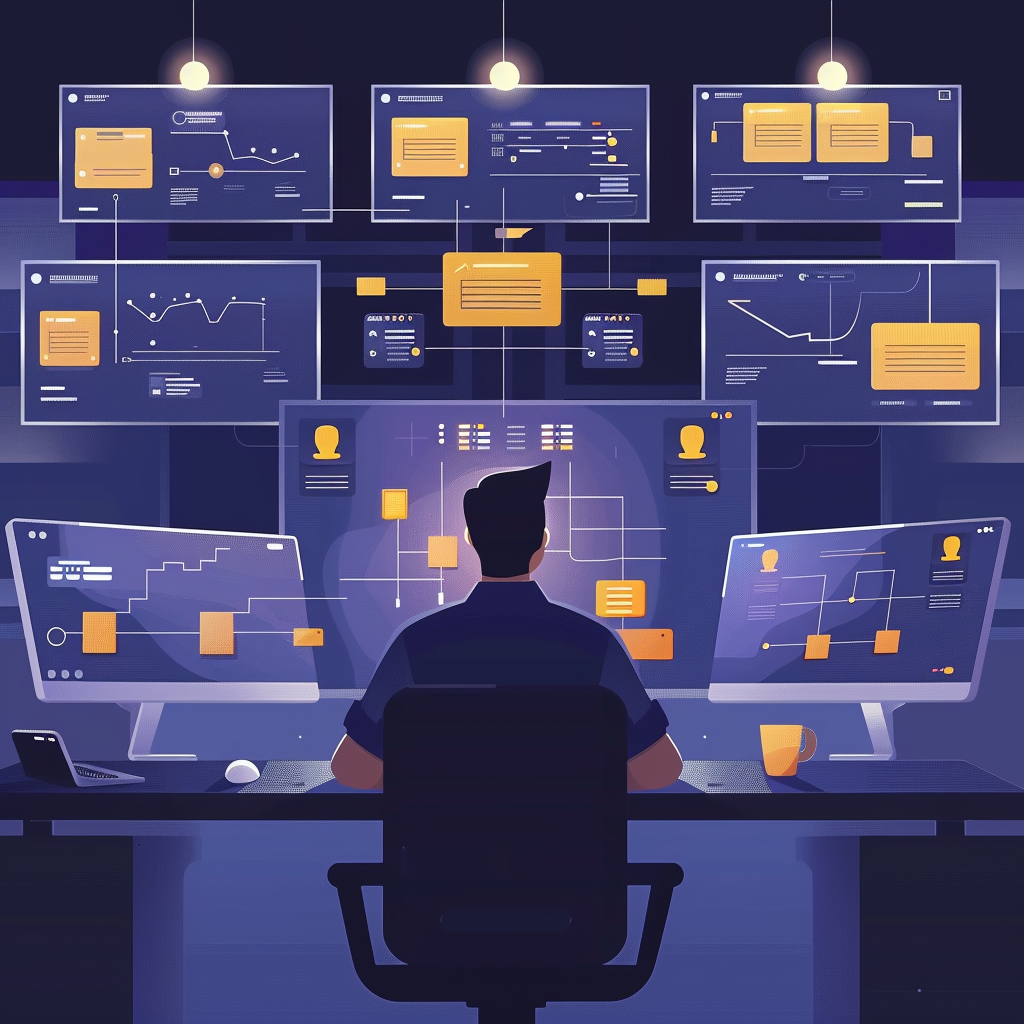In the ever-evolving landscape of marketing, staying ahead of the curve often means embracing the latest technologies. Marketing technology (MarTech) is transforming the industry at a breakneck pace, offering new tools and solutions that promise to make our jobs easier, more efficient, and ultimately more impactful. But with great power comes great responsibility—or at least, a steep learning curve.
AI and Machine Learning: The Brainpower Behind Modern Marketing
Let’s start with the big guns: AI and machine learning. These technologies are not just buzzwords; they are fundamentally changing how we approach marketing.
Remember the days when segmenting your audience meant manually sifting through data and creating profiles? Well, AI can do that in seconds, with more accuracy and depth than we ever could. For instance, companies like Amazon use AI to predict what you might buy next based on your browsing history, purchase patterns, and even the time of day you shop. It’s like having a psychic, but one that understands your shopping habits better than your mom does.
AI-driven tools are also enhancing customer service through chatbots and virtual assistants. Think of them as the friendly, ever-available front desk clerks who never sleep. They handle queries, solve problems, and can even upsell—often without the customer realizing they’re talking to a machine. Brands like H&M and Sephora are already leveraging these bots to provide seamless customer experiences.
Marketing Automation: Because Who Has Time Anymore?
Next up, marketing automation. If you’re still sending out emails manually, we need to talk. Automation tools like HubSpot, Marketo, and Pardot are game-changers. They allow you to create complex, multi-step campaigns that trigger based on user behavior.
For example, say a potential customer visits your site, downloads an eBook, and leaves. With automation, you can send them a follow-up email offering more related content, discounts, or even a friendly nudge to come back. It’s like having a personal assistant who knows exactly what to do and when, but without the hefty salary.
And it’s not just about emails. Automation can handle social media posts, ad placements, and even customer follow-ups. This frees up your time to focus on the creative aspects of marketing—the stuff that really gets you excited to come to work in the morning.
Data Analytics: Turning Numbers into Narratives
Then there’s data analytics. If data is the new oil, then analytics is the refinery that turns it into something valuable. Tools like Google Analytics, Tableau, and Power BI help marketers make sense of the vast amounts of data we collect.
Imagine being able to see exactly where your customers are dropping off in the sales funnel, or which piece of content is driving the most engagement. That’s the power of analytics. It turns guesswork into actionable insights. For example, Spotify uses data analytics to curate personalized playlists for its users. By analyzing listening habits, it can predict what you’ll want to hear next with uncanny accuracy.
But remember, with great data comes great responsibility. It’s not just about collecting data but understanding it. Ask yourself: What story is this data telling? How can I use this information to improve my strategies? And most importantly, how can I ensure I’m respecting my customers’ privacy while doing so?
The Rise of Customer Data Platforms (CDPs)
Speaking of data, let’s talk about Customer Data Platforms (CDPs). These are the latest darlings of the MarTech world, and for a good reason. CDPs like Segment and Tealium allow you to collect and unify data from multiple sources to create a single, comprehensive view of your customer.
This means you can track a customer’s journey across different channels—email, social media, your website, and even in-store interactions. It’s like having a bird’s eye view of your customer’s entire relationship with your brand. And with this unified data, you can create hyper-personalized experiences that delight your customers and keep them coming back for more.
The Future is Now: Embrace the Change
So, what does all this mean for you? The MarTech landscape is constantly evolving, and staying updated with the latest trends is crucial. Embrace these technologies, but do so thoughtfully. Test new tools, analyze their impact, and always keep your customers’ experience at the forefront of your strategy.
Are you ready to harness the power of MarTech? What steps will you take to integrate these trends into your marketing strategy? Remember, it’s not just about having the latest tools but using them to create meaningful, personalized experiences that resonate with your audience.
And hey, if it all feels a bit overwhelming, just think of it as upgrading from a tricycle to a Tesla. Sure, there’s a learning curve, but the ride is going to be worth it.







